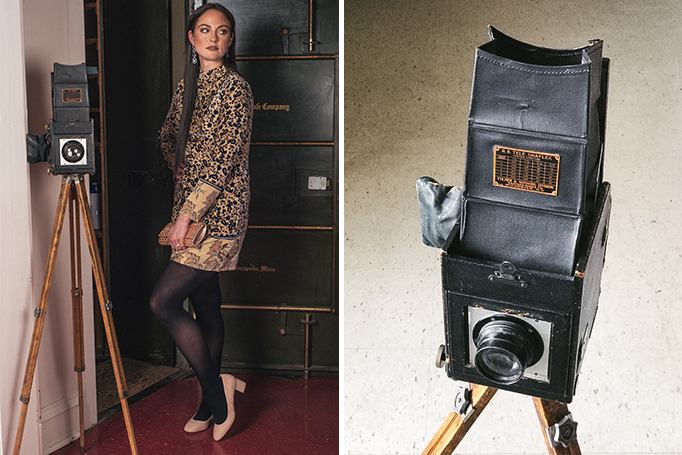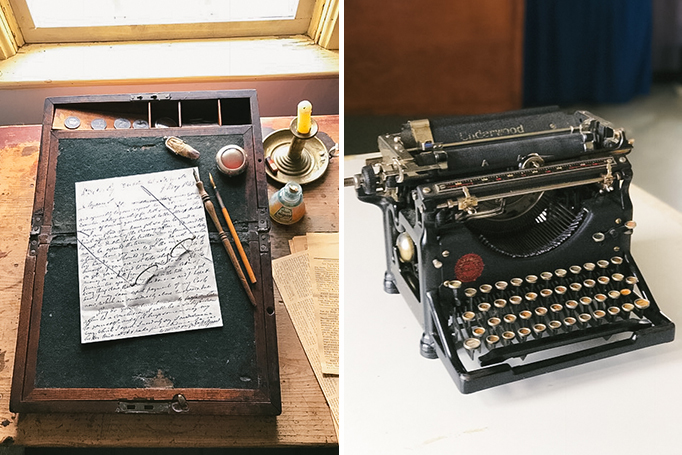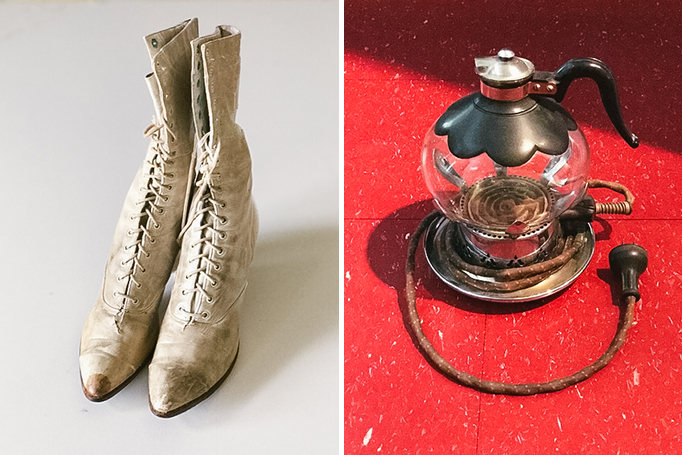Linking Canadians from coast to coast: A look back through Canadian history
communityA lot can change over 150 years! Canada is the second largest country by landmass in the world, which has posed some pretty unique challenges since 1867. Despite Canada’s huge size, Canadians through history have overcome distance and forged strong links from coast to coast. We’ve teamed up with the Historical Museum of St. James-Assiniboia to give you a look back in Canadian history, through free heritage-themed activities and an amazing curated display in Centre Court from June 3 - 18. The activities and display of artifacts show incredible contrast with the Canada of today, showing us just how far we’ve come. Step through time and see how people in Manitoba lived up to 150 years ago!
Treasure on the Red River Trail: The Historical Museum of St James - Assiniboia
Winnipeg’s history is rich with drama ¬– from Louis Riel’s Red River Rebellion to the origins of the Métis Nation – and nowhere in Manitoba brings you closer to our story than Brown House, one of three main buildings on-site at the Historical Museum of St James - Assiniboia.
“It’s the only Red River frame-style house in St. James - Assiniboia open to the public,” says Bonita Hunter-Eastwood, the museum’s director and curator, on the uniquely Manitoban structure. “It links us back to the early days of the Hudson’s Bay Company.”
Brown House, fully restored and furnished with artifacts of the time, was built by William Brown in 1853 in the Parish of St John. Devastating floods forced Brown to dismantle the house and move it (you could do that back then!) to Headingley, where it stayed until being relocated to its current site at 3180 Portage Avenue. Brown, a Hudson’s Bay Company employee, expanded the house into the two-storey, 1200-square-foot structure it is today, where he raised a family of six with his wife, Métis woman Charlotte Omand.
“The house has significance to a lot of important events in Winnipeg’s history,” says Hunter-Eastwood. “John Taylor, Manitoba’s first agricultural minister, met and married the Brown’s daughter in that house during the Red River Rebellion.”
The Process of Progress: Inventions that link our past and future
Steps away from the Brown House sits a historic Municipal Government Hall built in 1911 that now houses the Museum’s core displays of historic artifacts. We’re excited to be the temporary home of many of these amazing antiques – including early women’s fashions, cameras, and other products that people of the day depended on.
“All Canadians are connected by virtue of the things we use in daily life,” says Hunter-Eastwood. “Some people will visit and remember these items, which their grandparents may have owned. Some younger people won’t recognize them at all, and they’ll learn a lot.”
Visiting the Past: Immerse yourself in pioneer life
The final building on the premises, an Interpretive Centre, displays staged vignettes that let guests peer into a blacksmith’s shop, a horse’s carriage, a municipal hall, and other facilities that time has left behind. The building was designed in the classical revival style popular in the 1900s until the 1930s, shared by other historic Winnipeg landmarks like the Legislative Building and St Mary’s Academy.
“[Visitors] get a glimpse of what pioneer life was like,” says Barry Hillman, the museum’s Special Events Coordinator. “They get to see that some of what existed 150 years ago is the same today, just the technologies have changed.”
Experience your heritage!
We loved learning about Manitoba history when we visited the Museum to snap photos for our features on Winter Weddings, Lazy Girl Weekend Vibes and Next-Level Socks and we loved it so much we jumped at the chance to bring a little bit of the Museum to our very own Centre Court!
Interested in taking a trip through time? The heritage activities are happening every Saturday and Sunday from 1pm to 4pm. Come visit us at the Centre and see why we’re so proud to call Canada home!
comments powered by Disqus






